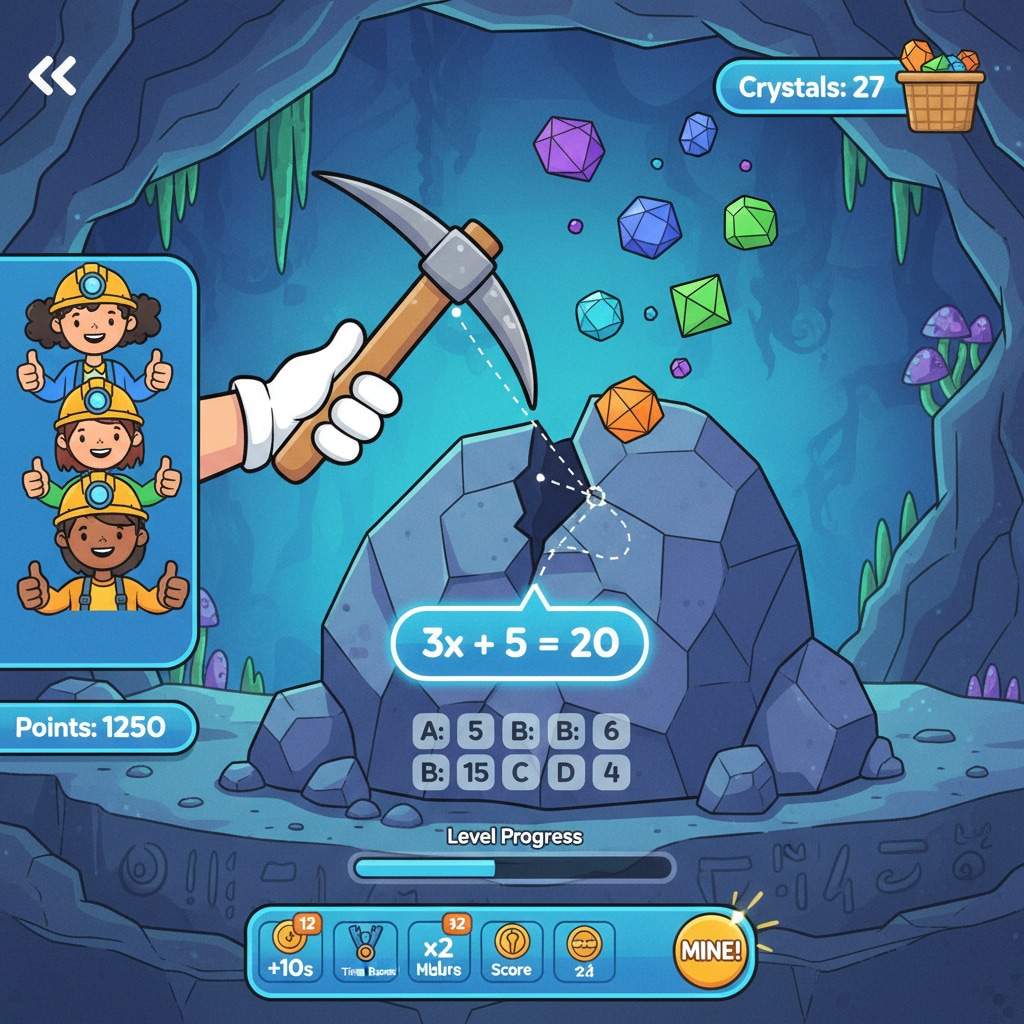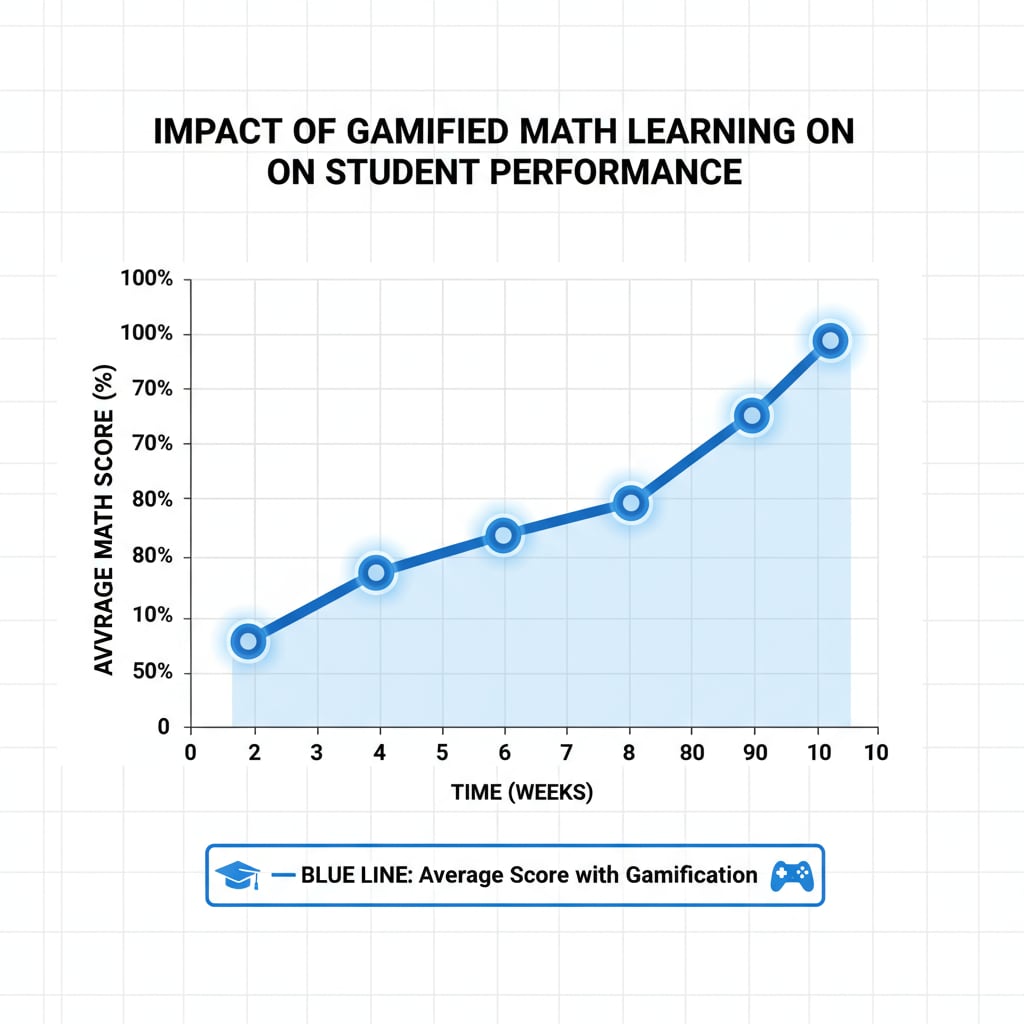Math games, educational games, and game prototypes have emerged as powerful tools in modern education, especially in the realm of K12 math. One such innovative game prototype is making waves in the field by integrating an engaging crystal mining game mechanism to encourage students to solve math problems. This not only makes learning fun but also has significant implications for the future of math education.
The Crystal Mining Game Mechanism
The game prototype features a unique crystal mining concept. In this virtual world, students are tasked with solving math problems to unearth precious crystals. For example, every correct answer leads to the discovery of a new crystal, which in turn unlocks more challenging levels and rewards. This gamified approach taps into students’ natural sense of competition and adventure. Gamification on Wikipedia explains how adding game elements to non-game contexts can enhance motivation. As a result, students who might otherwise be disinterested in traditional math lessons become actively engaged in problem-solving.

Value of Gamified Learning in K12 Math Education
Gamified learning brings several benefits to K12 math education. Firstly, it increases student motivation. The allure of rewards and the sense of achievement in the game make students more eager to learn math. Secondly, it provides a safe environment for students to make mistakes. In the game, incorrect answers are not met with criticism but rather opportunities to learn and improve. Moreover, it promotes active learning. Instead of passively listening to lectures, students are actively involved in solving problems. Education on Britannica highlights the importance of active learning in enhancing understanding. In addition, the game can be tailored to different learning levels, ensuring that each student can progress at their own pace.

The future of this game prototype and gamified math learning in general is promising. With advancements in technology, the game can be further enhanced with more realistic graphics, interactive elements, and a wider range of math problems. It can also be integrated into the existing curriculum more seamlessly. Additionally, educators can use data from the game to better understand students’ learning patterns and provide more targeted support. In conclusion, math games, educational games, and game prototypes like this one have the potential to transform K12 math education, making it more engaging, effective, and accessible for all students.
Readability guidance: The content uses short paragraphs to convey ideas clearly. Each H2 section provides a focused discussion with relevant details. The use of passive语态 is minimized, and transition words are used frequently to ensure a smooth flow of ideas. Lists could be further incorporated in future expansions to present information more concisely.


